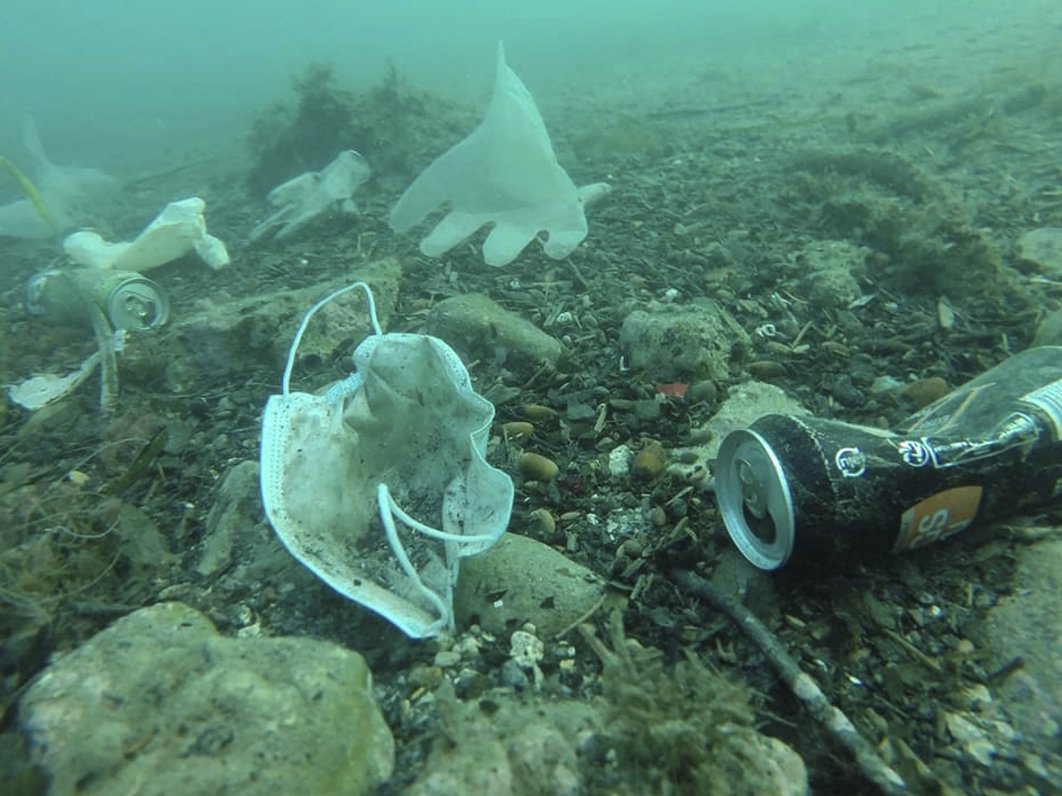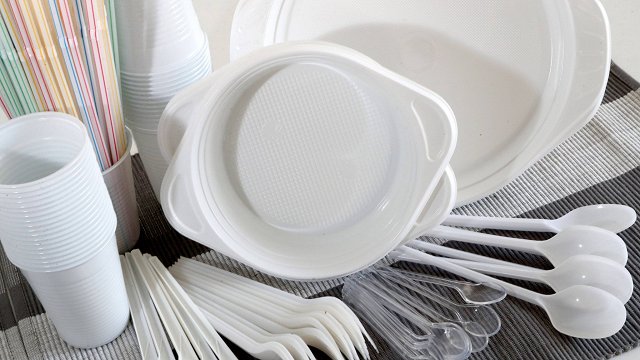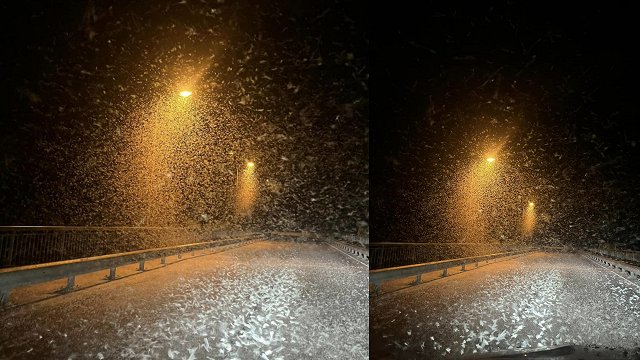Accurate data on how much packaging has been consumed in 2020 will only be collected in spring, but it is already clear that the measures introduced last year to reduce the risk of spreading Covid-19 significantly increased the consumption of plastic. For the first time, Covid-19-related waste – facial masks and a higher proportion of rubber gloves – were detected on the beaches of Latvia.
Environment expert and head of the Environmental Education Foundation Jānis Ulme said that this kind of waste occurred in 10 per cent of the surveyed areas, which, compared to the situation elsewhere in the world, is not a critical indicator. “This cannot yet be considered an extreme problem. Meanwhile, in the U.K., for example, Covid-19-related waste was detected in a third of the beaches, also in the Mediterranean and South Asia, volumes were shocking,” Ulme said.
Although we have used a lot of facial masks worldwide last year and their production has even tripled compared to previous years, it is not the biggest environmental problem. More concerning is the volume of packaging, which has also increased in 2020.
“Significant and dangerous is that the increase is mainly in plastic bags and film. According to our data, they are most easily and quickly released into the environment because they are not properly managed,” said Ulme.
Ulme described the situation as worrying, pointing out that the amount of waste, and particularly various types of plastic, was increasingly detected on Latvian beaches:
“The average number of waste on the coast of Latvia since “My Sea” monitoring project started exploration in 2012 exceeds 200 units of waste per 100 meters along the coastline and the last four years the amount of waste has increased by a fifth. The proportion of plastics also continues to increase, reaching almost 60% of total waste.”
In order to improve the situation, last year the European Union set a target of not exceeding 20 waste units per 100 meters. In order to achieve this, Latvia has a long road ahead. Ulme said that waste management alone will fail to achieve the objective.
“The situation should no longer be addressed solely through management or by blaming tourists and municipalities. Systemic solutions should be sought and plastic materials should be taken out of circulation. It is pleasing that the European Union's legislation has taken the first steps on this and it is hoped that it will soon be reflected in Latvia's data,” Ulme said.
The publication was made with financial support of Latvian Environmental protection fund.




























